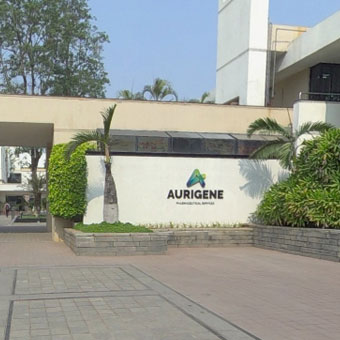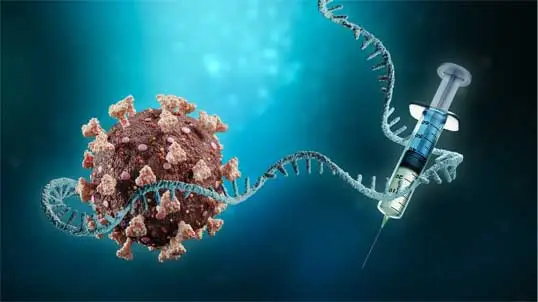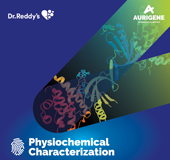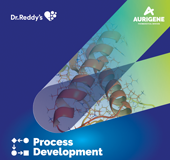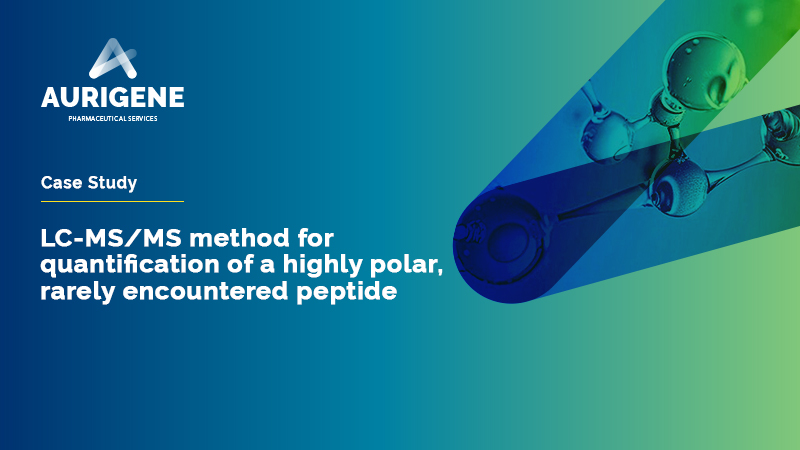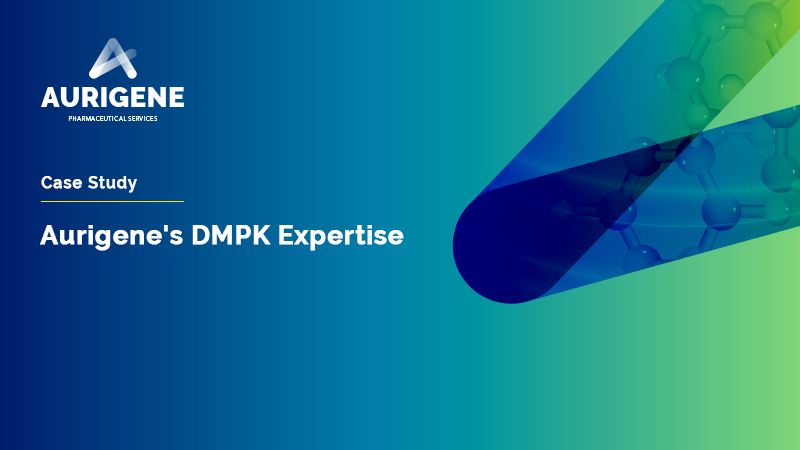
A dedicated team of highly skilled scientists of various disciplines carry out the toxicology studies. GLP compliant bioanalytical method validations and bioanalysis are performed to support preclinical toxicology studies. GLP method validations and analysis activities are performed for formulations that are used in non-clinical safety studies.
Our vivarium is an AAALAC accredited facility and the clinical pathology analyses and histopathology procedures are performed in state-of-the-art laboratories. Rodent toxicity studies are conducted in rats and mice, repeat dose toxicity studies are performed for a definitive period of test article administration with or without a recovery period.
Our state-of-the-art toxicology services facility is GLP certified by National GLP Monitoring Authority (NGCMA) of India. We provide repeat dose 4-day, 7-day or 14-day dose range DRF toxicity studies performed in rats and mice. The objectives of these studies are to identify the toxic effects upon specific period of exposure and to determine the MTD and No-Observed-Adverse -Effect-Level (NOAEL). The findings of the DRF studies are used for selection of dosage regimen for the subsequent long term or definitive GLP toxicology studies in rats and mice.

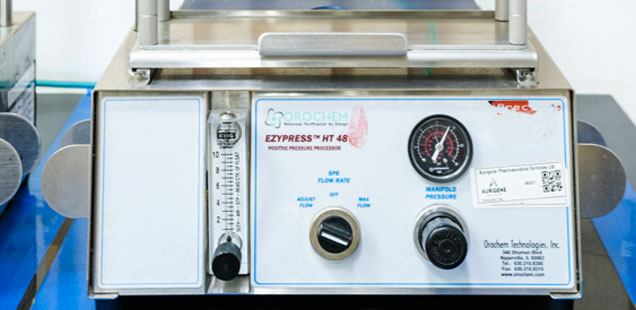
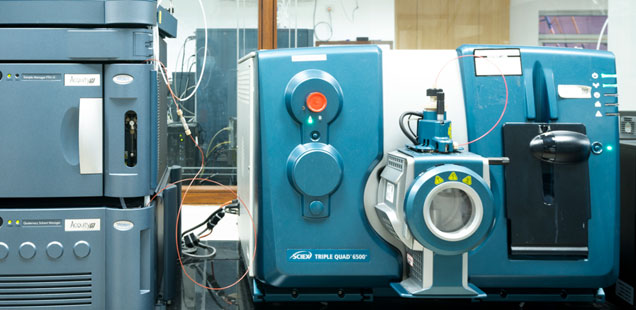
Exploratory Toxicology studies
We offer a wide range of exploratory toxicology studies such as single dose toxicity study, 4-day, 7-day, or 14-day repeat dose toxicity study to determine the MTD and/or NOAEL upon a short period of exposure through the intended clinical route of exposure in human.
Study designs are customized to the client requirements based on the nature of the test compounds and intended product development program. The end points typically include mortality checks, clinical signs observations, body weight and feed intake measurements, clinical pathology, gross pathology observations, and limited histopathology.
GLP Definitive Toxicology studies
We perform GLP toxicology studies in rats and mice for supporting IND and ANDA submissions. These studies include subacute (ranging from 14 to 28 days), subchronic (90 days) and chronic (180 days to 2 years) toxicity studies. Studies are conducted as per the relevant regulatory guidelines (FDA, OECD, ICH, MHRA etc.,) in AAALAC accredited animal facilities. The end points of the GLP repeated dose toxicity studies include mortality checks, observation of clinical signs of toxicity, body weight and food consumption measurements, interim/terminal clinical pathology (hematology, limited or comprehensive clinical pathology, urinalysis etc.), gross pathology and limited or comprehensive histopathology.
The in-life phase of these studies are performed by a group of highly experienced toxicologists in AAALAC accredited animal facilities. Our clinical pathology and the histopathology lab is equipped with GLP compliant instruments from internationally reputed suppliers. The computerized systems used in the laboratories are validated and fit for purpose as required by the Principles of GLP.
As required by the study design, satellite toxicokinetic (TK) groups are added to obtain plasma drug exposure at scheduled intervals (e.g., first and last days of dosing). To support formulation analysis and bioanalysis, the Toxicology laboratory coordinates with GLP compliant Analytical and DMPK facilities.
4-Day/7-Day/14-Day Repeat Dose DRF Toxicology studies
The end points of the DRF toxicity studies include mortality checks, observation of clinical signs of toxicity, body weight and food consumption measurements, terminal clinical pathology (hematology, limited or comprehensive clinical pathology, urinalysis etc.), gross pathology and limited or comprehensive histopathology. As required by the study design, satellite toxicokinetic (TK) groups are added to obtain plasma drug exposure at scheduled intervals (e.g., first and last days of dosing). Based on client requirement, analysis of dose formulation samples will be included to estimate the drug concentration verification and homogeneity analysis. To support formulation analysis and bioanalysis, the Toxicology laboratory coordinates with GLP compliant Analytical and DMPK facilities located within the premises.
The in-life phase of these studies are performed by a group of highly experienced toxicologists in AAALAC accredited animal facilities. Our clinical pathology and the histopathology labs are state-of-the-art facilities equipped with GLP compliant instruments from internationally reputed suppliers. The computerized systems used in these laboratories are validated and fit for purpose as required by the principles of GLP.
Maximum Tolerated Dose (MTD) studies
The main objectives of the single dose Maximum Tolerated Dose (MTD) studies is to determine the maximum dose level that is tolerated by the test species and to determine the dose levels for the subsequent repeat dose toxicity studies by the intended clinical / therapeutic exposure. In the absence of a relevant literature/data for a specific highest test dose, we test up to 2000 mg/kg as a limit dose in line with the recommendations of various international guidelines for conducting acute toxicity studies.
The study is conducted by assigning rats or mice into different treatment groups and exposing them to various graded dose levels to ascertain the toxicity at each dose level and determine the MTD. Essentially, the study end points cover mortality checks (at least twice daily), clinical signs examination for identification of evident toxicity (routine/detailed), body weight and food consumption measurements, gross pathology and as required by the study protocol and a limited histopathology.
We also conduct extended Single dose toxicity studies as per ICH guidelines that include, clinical pathology (hematology, clinical biochemistry & comprehensive histopathology) in addition to the above stated study end points. Formulation analysis for the GLP toxicity studies are performed as required by the client.
Why Aurigene General Toxicology Services?
FDA, OECD, ICH, MHRA regulatory guidelines
Highly experienced and expert toxicology and analytical scientists
AAALAC accredited animal facilities
State-of-the-art facilities equipped with GLP compliant instruments
Wide range of Toxicology services
Connect with our scientific experts for your drug discovery, development, and manufacturing needs
We understand that clear communication is essential to successful collaborations, and that's why we have a dedicated team that is always ready to help you. Whether you have questions about our services, want to discuss a potential partnership, or simply want to learn more about our company, we're here to help.
Our team of experts is dedicated to providing personalised solutions tailored to your unique needs. So, please don't hesitate to reach out to us. We look forward to hearing from you and helping you achieve your business goals.
Resources
OCTOBER 01, 2024
PROTACs: Research for a life without cancer
PROTACs: Proteolysis-targeting chimeras (PROTACs) are a rapidly evolving field with promising applications in cancer, neurodegenerative diseases, and other conditions where the regulation of protein levels is crucial. PROTACs are a novel class of small molecules designed to target specific proteins for degradation by the ubiquitin-proteasome sys...
Read More
Advancement in personalized medicine and how the CRDMO industry is part of the solution
Personalized medicine is transforming the healthcare landscape by customizing treatment plans to individual patients’ unique genetic, clinical and environmental characteristics. These are effective and less invasive treatments for a wide range of conditions. Contract Research, Development and Manufacturing Organizations (CRDMOs) play an important role...
Read More
Cell Line Development
We enable development of stable and high yielding recombinant Mammalian and Microbial lines. ...
Read More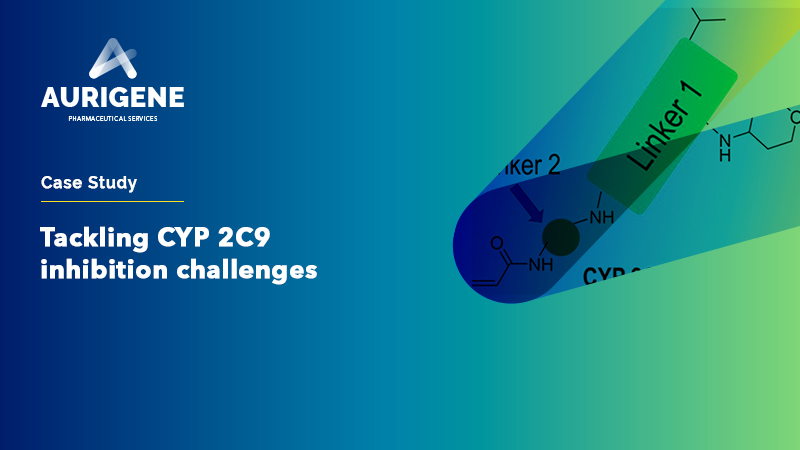
Case study: Tackling CYP 2C9 inhibition challenges
The Problem: Active compounds in a project were found to be highly potent inhibitors of CYP 2C9 The compounds selectively inhibited CYP 2C9 with IC50 values <100 nM There was no considerable inhibition of the other CYP isoforms Our Mitigation Approach: CYP 2C9 inhibition data was generated for a larger set of co...
Read MoreSynthesis of Anti-covid Drug Nirmatrelvir Using Flow Chemistry
2022
Synthesis of the anti-covid therapeutic Nirmatrelvir by using flow chemistry to enhance efficiency of amide to nitrile conversion in a functionally and Stereochemically Embellished environment. ...
Read More-
Discovery of MAP855, an Efficacious and Selective MEK1/2 Inhibitor with an ATP-Competitive Mode of Action.
2005
Mutations in MEK1/2 have been described as a resistance mechanism to BRAF/MEK inhibitor treatment. We report the discovery of a novel ATP-competitive MEK1/2 inhibitor with efficacy in wildtype (WT) and mutant MEK12 models. Starting from a HTS hit, we obtained selective, cellularly active ...
Read More -
Wang-OSO3H catalyzed green synthesis of bioactive isoindolo[2,1- a ]quinazoline-5,11–dione derivatives: An unexpected observation
2005
The sulphonic acid-functionalized Wang resin (Wang-OSO3H) was explored as a polymeric and recov- erable acidic catalyst for the synthesis of isoindolo[2,1- a ]quinazoline-5,11–dione derivatives under green conditions. Thus the Wang-OSO3H ...
Read More -
Polycyclic Aromatic Compounds: A Simple and Efficient [(n-Bu3Sn)2MO4]n Catalyzed Synthesis of Quinazolinones and Dihydroquinazolinones
2005
A novel unprecedented approach for the synthesis of various quinazolinones and dihydroquinazolinones has been using [(n-Bu3Sn)2MO4]n as a catalyst. The reaction has been screened ...
Read More
You are about to leave Aurigene Pharmaceutical Services and affiliates website. Aurigene Pharmaceutical Services assumes no responsibility for the information presented on the external website or any further links from such sites. These links are presented to you only as a convenience, and the inclusion of any link does not imply endorsement by Aurigene Pharmaceutical Services.
If you wish to continue to this external website, click Proceed.


Leaving already?
Don't forget to join us at
CPHI Worldwide 2023.
October 24th-26th, 2023 | Barcelona, Spain
Get ready to accelerate your drug’s journey to the market

